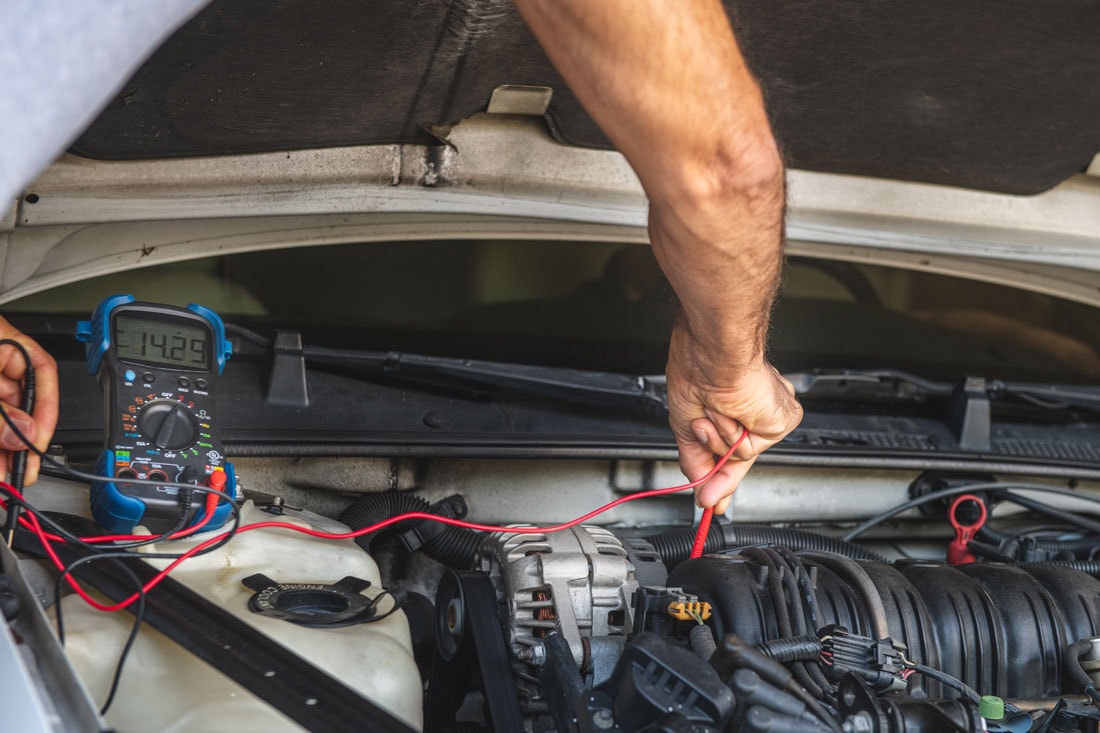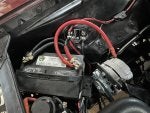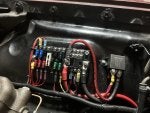Hello everyone! My 64 Galaxie has a 302 in it with a C4 trans. I recently replaced the alternator and also did the big 3 wiring upgrade. I replaced them because I kept noticing that my voltage was low when I would turn the lights on. And I also notice it when the blinker is turned on the voltmeter will bounce from 12-13volts. I did find that the alternator I had was indeed going bad. The regulator was shot. So I went with a delco remy from Advance Auto similar to the one I currently have. (It states it is rated for 63amps). So to add to the upgrade I purchased 1/0 gauge wire for the big 3 upgrade. (Wire from Alt to Batt, Eng to Chassis Ground, and Battery to Chassis Ground) Everything is hooked up correctly to the best of my knowledge however, I am still having the same kind of issues. If I give the alternator a heavy load such as running headlights, stereo amp, heater, wipers, etc. it will drop below 12 volts.
Do I need a higher amp rated alternator? Is there another factor I am missing?
(not sure if this is related)
But today while sitting at a stop light the car acted as if it was slowly dieing. While at idle and in Drive and foot on the brake, I only had the speaker amp running and nothing else, the car was decreasing in rpms and I had to put it into neutral to keep the car alive. I was thinking it was possibly an electrical issue, as if the car was running on the battery and it was dieing. The light turned green and I put it in drive and drove the remainder of the trip home. thoughts??
Do I need a higher amp rated alternator? Is there another factor I am missing?
(not sure if this is related)
But today while sitting at a stop light the car acted as if it was slowly dieing. While at idle and in Drive and foot on the brake, I only had the speaker amp running and nothing else, the car was decreasing in rpms and I had to put it into neutral to keep the car alive. I was thinking it was possibly an electrical issue, as if the car was running on the battery and it was dieing. The light turned green and I put it in drive and drove the remainder of the trip home. thoughts??












